Front (Anterior) View

TMJ or TMD
TMJ or TMD
Temporo-Mandibular Disorder or Dysfunction (TMD) frequently occurs when the lower jaw is not in its proper position relative to the upper jaw and head. This can result in displacement of the joint protective disc, causing “clicking” with joint movement, and abnormal tissue tension restricting or altering joint mobility. TMD can lead to pain and headaches, muscle spasms, and eventually to joint damage.
The common perpetuating factors to TMD can be identified and addressed in therapy to best resolve the various symptoms of TMD.
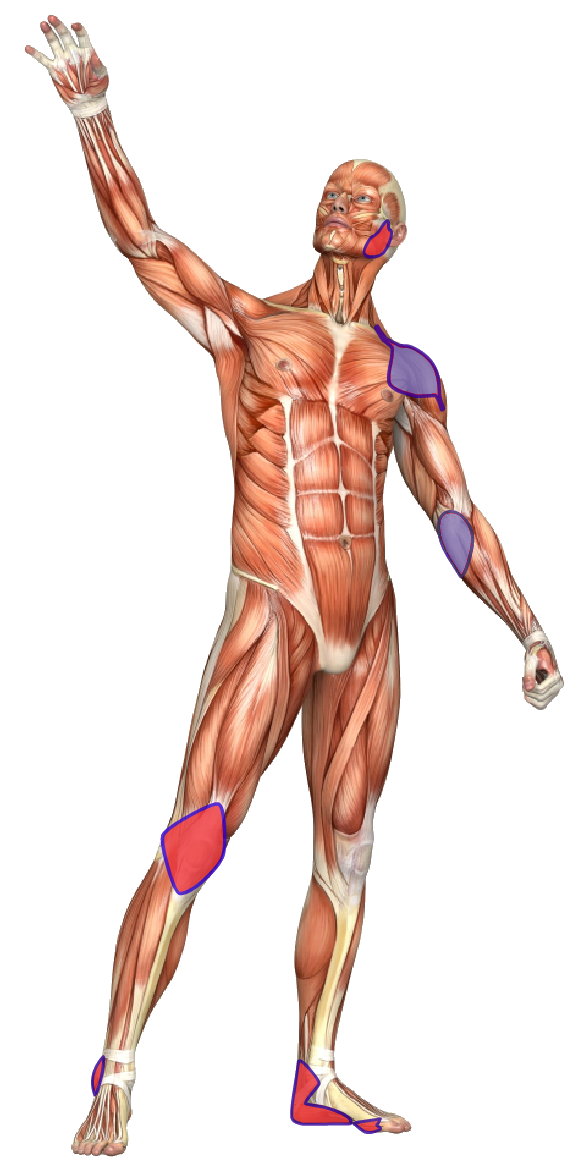
REPETITIVE STRAIN INJURY (RSI)
REPETITIVE STRAIN INJURY (RSI)
Repetitive Strain Injury is an umbrella term for a group of disorders affecting specific muscles, tendons, and nerves. It is caused by repetitive motions, excessive or abnormally distributed biomechanical forces during function, or using extreme movements. Unlike other injuries which occur at a single point in time, RSIs develop over an extended period of time. Identifying symptoms, causative factors and manifestation of the repetitive strain, lead to the selection of the therapy protocol of choice; this can include acupuncture and life-style counselling.
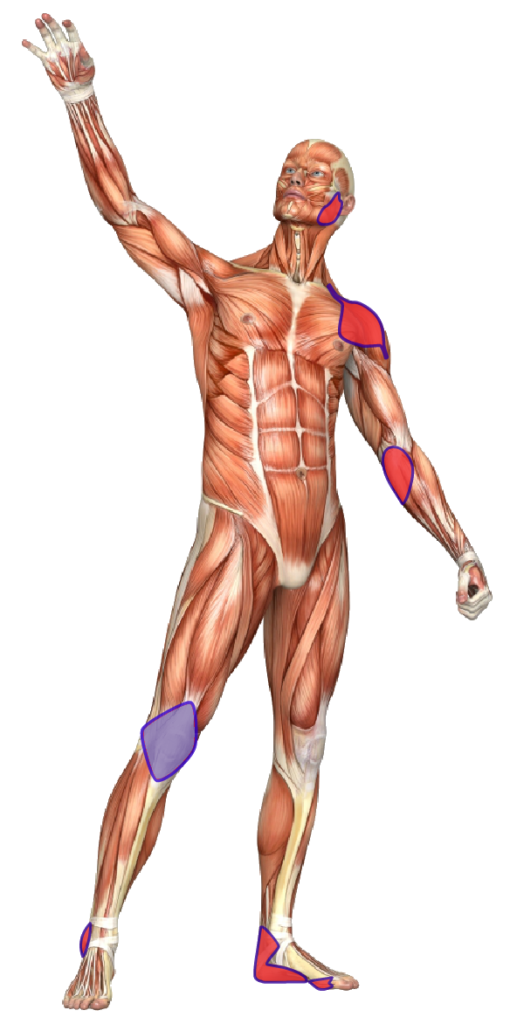
KNEE PAIN (ARTHRITIS AND SPORTS INJURY)
KNEE PAIN (ARTHRITIS AND SPORTS INJURY)
Knee function depends on proper alignment from the foot to the hip. Excessive or abnormal mechanical force affects the ligaments, tendons, and soft tissue support system of the knee joint. Sudden force and impact from injury, or repetitive strain from overuse or misuse, can cause various degrees of tissue damage, strain injury, wear-and-tear, and gradual deterioration of the joint structures.
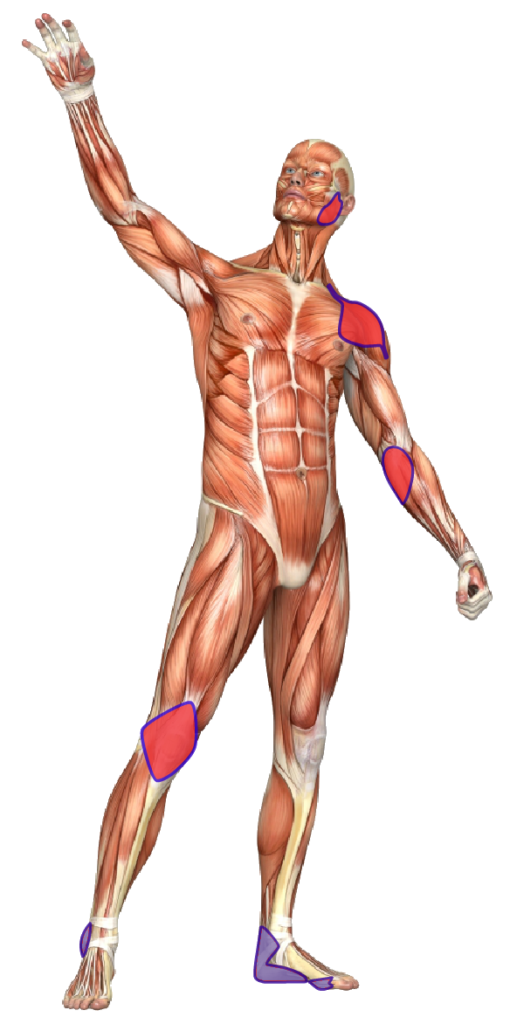
PLANTAR FASCIITIS AND OTHER PROBLEMS
PLANTAR FASCIITIS AND OTHER PROBLEMS
The foot arch varies from person to person, and can change over time, becoming too flat or too high. It can be influenced by body weight, activity, stress, footwear, or trauma, and can cause foot and heel pain, bunions, toe deformities, numbness and calluses. Fallen arches or over-pronating feet tend to alter leg-to-pelvis biomechanics, positioning and the curvatures of the spine, potentially leading to knee or hip problems, bursitis, tendonitis, buttocks pain, back pain, headaches or even jaw pain.
Back (Posterier) View
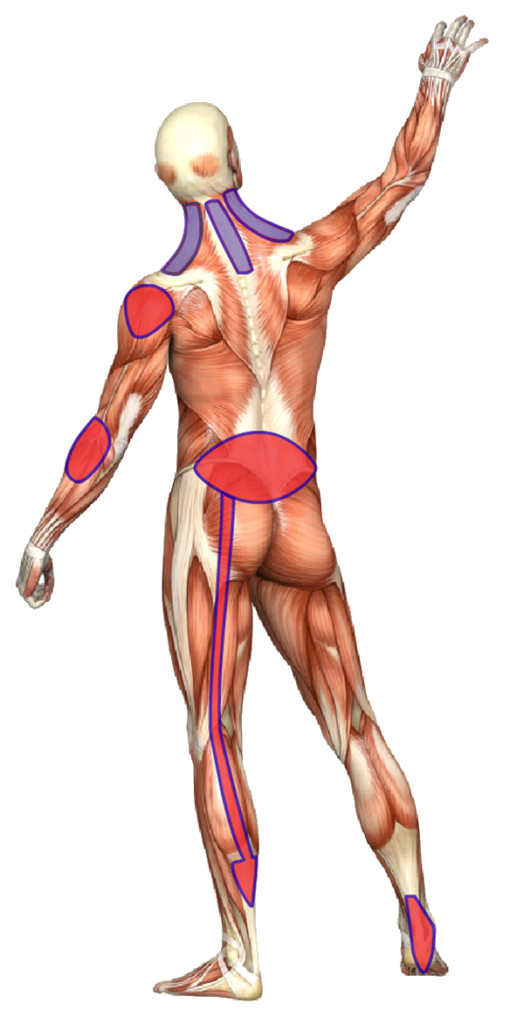
NECK PAIN AND WHIPLASH
NECK PAIN AND WHIPLASH
The neck is a narrow and highly mobile part of the spinal column, and the head has to be balanced on the neck while moving or positioning during daily activities or sports. Neck pain is usually the result of over-use, dis-use or mis-use, often aggravated by stress, poor postural alignment, a bad pillow or injury such as sports injury or whiplash. Whiplash is the most common cause of neck injury. It is estimated there are more than 100,000 cases a year in Canada. Most occur in automobile accidents, but whiplash can also result from other injuries.
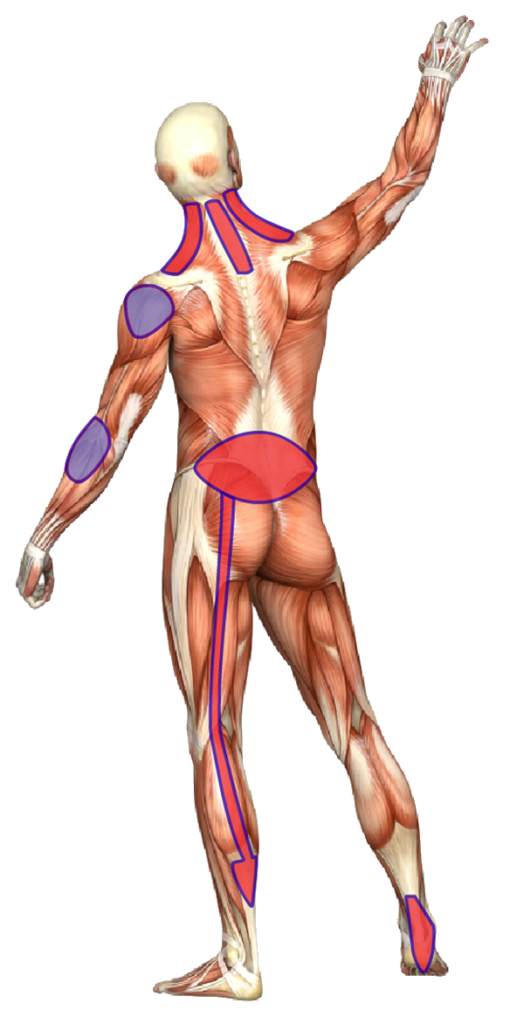
REPETITIVE STRAIN INJURY (RSI)
REPETITIVE STRAIN INJURY (RSI)
Repetitive Strain Injury is an umbrella term for a group of disorders affecting specific muscles, tendons, and nerves. It is caused by repetitive motions, excessive or abnormally distributed biomechanical forces during function, or using extreme movements. Unlike other injuries which occur at a single point in time, RSIs develop over an extended period of time. Identifying symptoms, causative factors and manifestation of the repetitive strain, lead to the selection of the therapy protocol of choice; this can include acupuncture and life-style counselling.
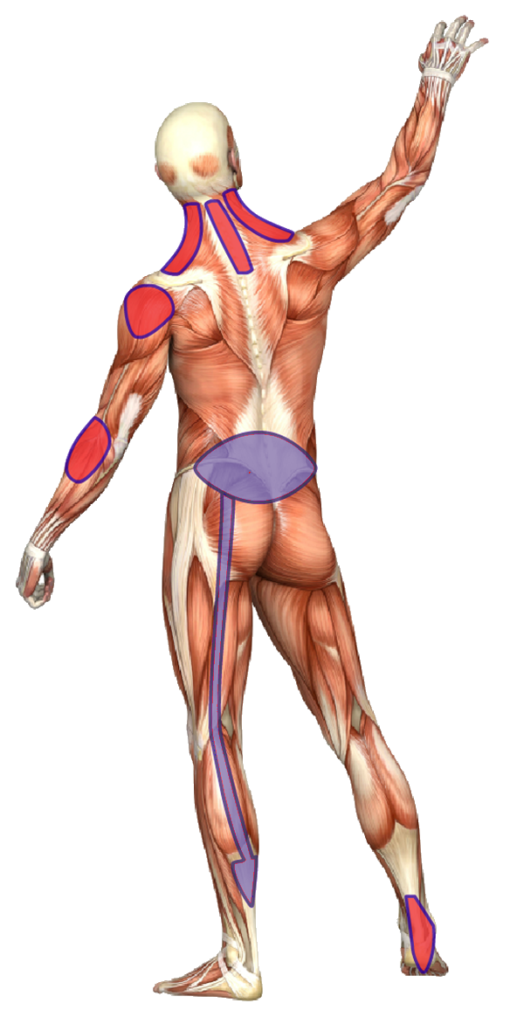
LOW BACK PAIN AND SCIATICA
LOW BACK PAIN AND SCIATICA
Low back pain (LBP) is a common condition likely to affect most of us to varying degrees during our adult life. It may appear for no apparent reason or it may be related to an accident or incident such as bending, lifting, heavy or repetitive work, or to postures such as prolonged sitting or driving for extended periods of time.
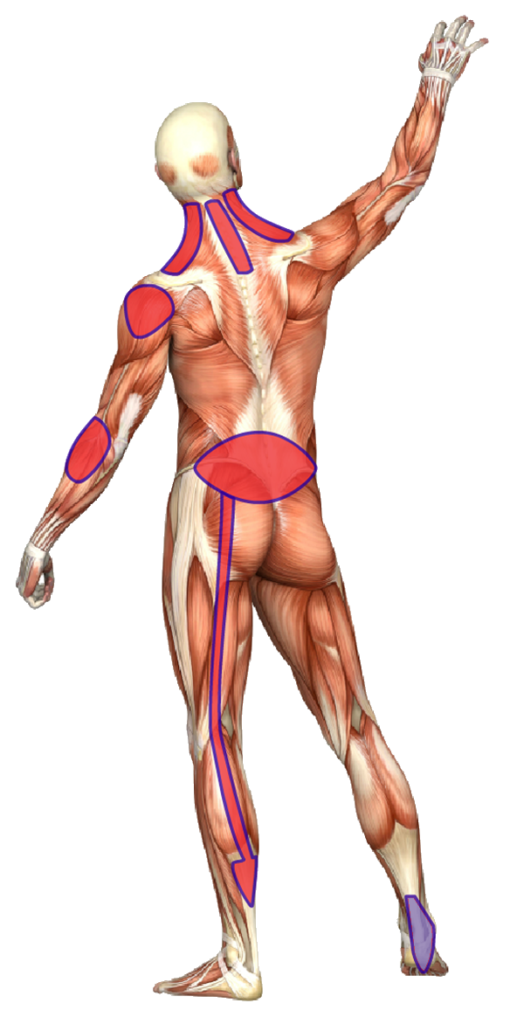
PLANTAR FASCIITIS AND OTHER PROBLEMS
PLANTAR FASCIITIS AND OTHER PROBLEMS
The foot arch varies from person to person, and can change over time, becoming too flat or too high. It can be influenced by body weight, activity, stress, footwear, or trauma, and can cause foot and heel pain, bunions, toe deformities, numbness and calluses. Fallen arches or over-pronating feet tend to alter leg-to-pelvis biomechanics, positioning and the curvatures of the spine, potentially leading to knee or hip problems, bursitis, tendonitis, buttocks pain, back pain, headaches or even jaw pain.
